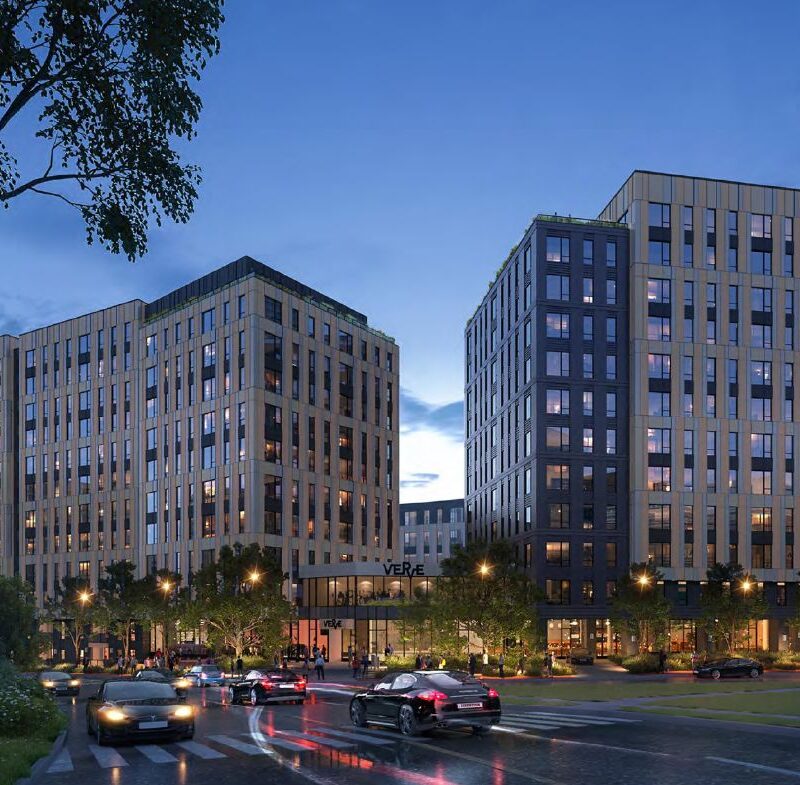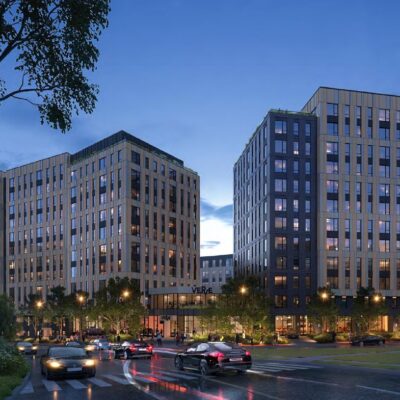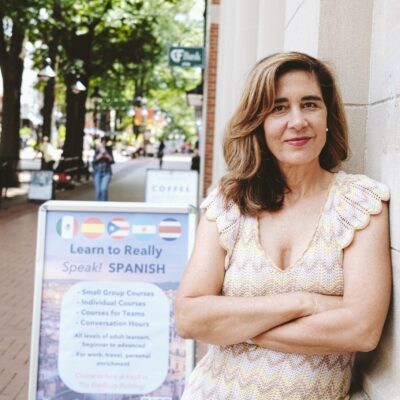On the streets outside the Westminster Presbyterian Church, gaggles of undergrads migrated toward frat row for Thursday night festivities on January 18. Inside the church, youth was in shorter supply, but energy and emotion were certainly not during the monthly meeting of Advocates for a Sustainable Albemarle Population (ASAP) (www.asapnow.org).
Billed as a discussion of a plan for instituting a transferable development rights (TDR) program in Albemarle County, the dialogue unveiled a great deal of distrust, cynicism and anger on the political left over the inability of the Board of Supervisors to take action on rural area preservations. Two of the panelists, David Slutzky and Dennis Rooker, are current board members, while the others, Jeff Werner of the Piedmont Environmental Council (www.pecva.org) and UVA Professor Emeritus Rich Collins, are active watchdogs.
All the panelists agreed that they would like to further downzone the rural area, where zoning currently allows one lot for every 21 acres. The trick is how to get support from any of three more conservative board members for a plan that would do it. Slutzky has floated a TDR proposal, whereby rural area development rights could be sold to developers in a new growth area, theoretically limiting rural growth and clustering it around current growth. Collins said, “There is nobody in this country or this state that has a better chance of making TDRs work than we do.”
But Rooker rattled off a laundry list of TDR plans across the country that have failed to live up to their hype. Werner didn’t engage in much discussion of TDRs. He instead attacked the plan as one forced on Slutzky to try to draw compromise from the three board members—Ken Boyd, Lindsey Dorrier and David Wyant—who wouldn’t support phasing, a plan that would have put time restrictions on the use of rural development rights.
“I think that our elected officials should stop conning county residents about the rural areas,” said Werner, calling groups like the Farm Bureau (www.vafb.com) land speculators who “all want to be the next Fred Scott.” Scott sold his 2,300 acre Bundoran Farm to developers in 2005 for about $30 million.
After opening presentations, the conversation broke down into rebuttal after rebuttal as panelists questioned each other’s knowledge of TDRs and how Boyd, Dorrier and Wyant would react. With none of those men present to speak for themselves, the only consensus was that something needed to be done quickly to preserve the rural areas. ASAP attendees could only spill into the darkness with their own ideas, or muddles, about what that should be.





